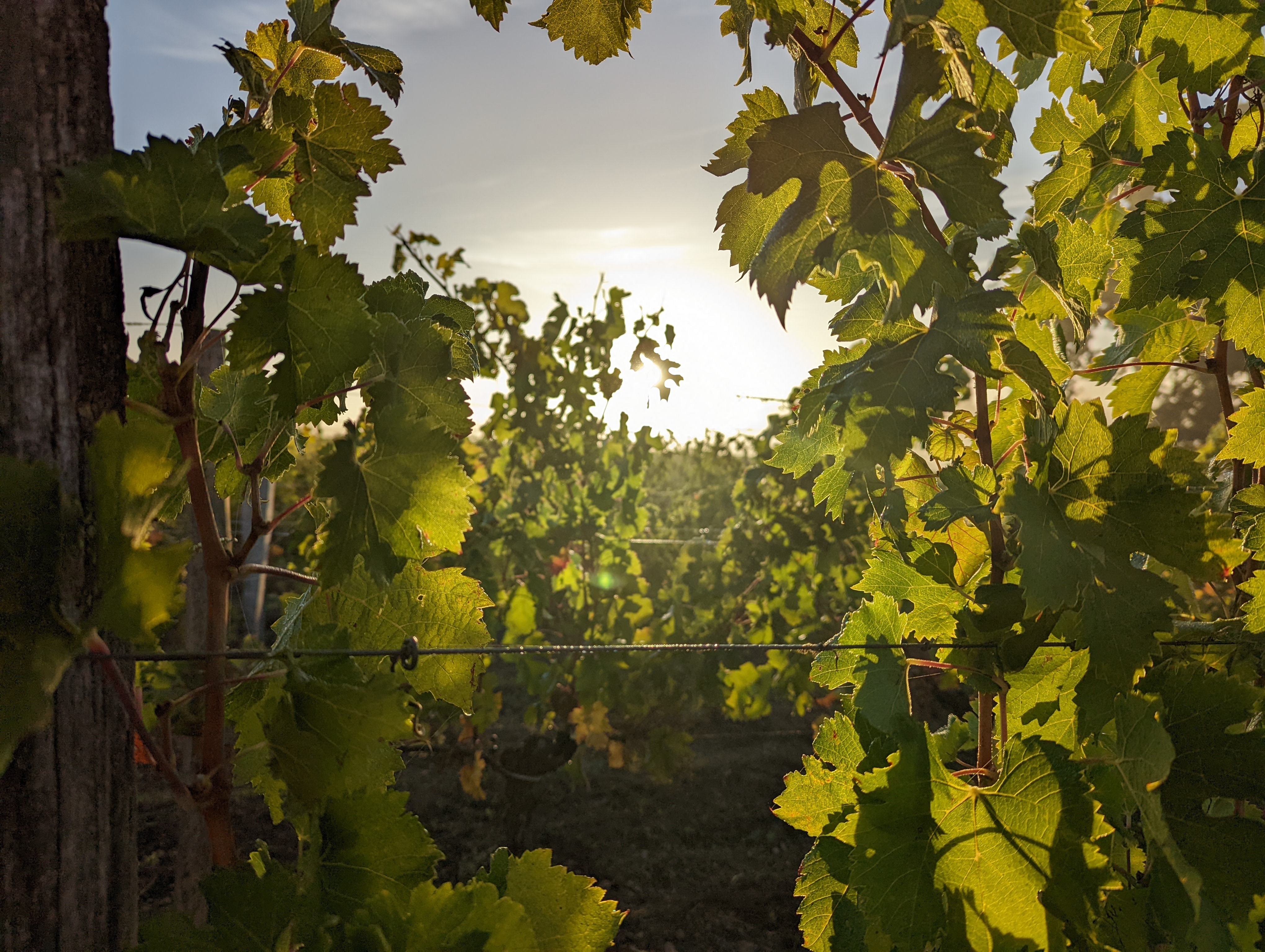Semillon: a versatile white grape variety
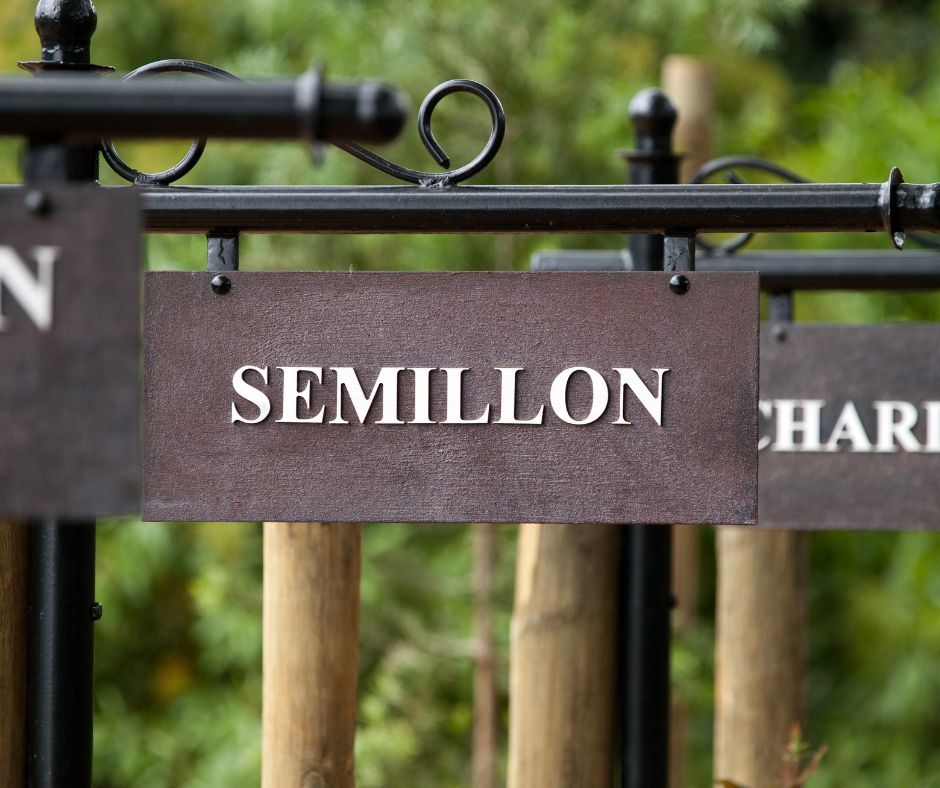
Its name is said to be a linguistic deviation from the name Saint-Emilion. Although little known, the Sémillon grape variety is a widely cultivated white grape variety, mainly in France where it is one of the most prestigious grape varieties, but also in other wine regions of the world. It is known by different names, Hunter Riesling in Australia, Blanc doux, Colombier and Malaga in France or Green Grape and Wyndruif in South Africa.
It is particularly renowned for its ability to produce high-quality white wines, both dry and sweet and liqueur-like, both in blends and for single-varietal wines. Indeed, it is recognized for being the basis of excellent white wines from Sauternes for example, where one appreciates its ease in developing botrytis (the famous “noble rot”), but also of Australian dry white wines from the Hunter Valley region.
It is one of the oldest grape varieties and is said to have been born from a cross between the rare Gouais Blanc and Sauvignon Blanc.
Its characteristics
Sémillon has medium-sized, spherical berries with a thin, golden-white skin. The mature leaf is medium-sized, round, with mainly five lobes. The leaves are initially a bright, light green, which becomes dark green when ripe.
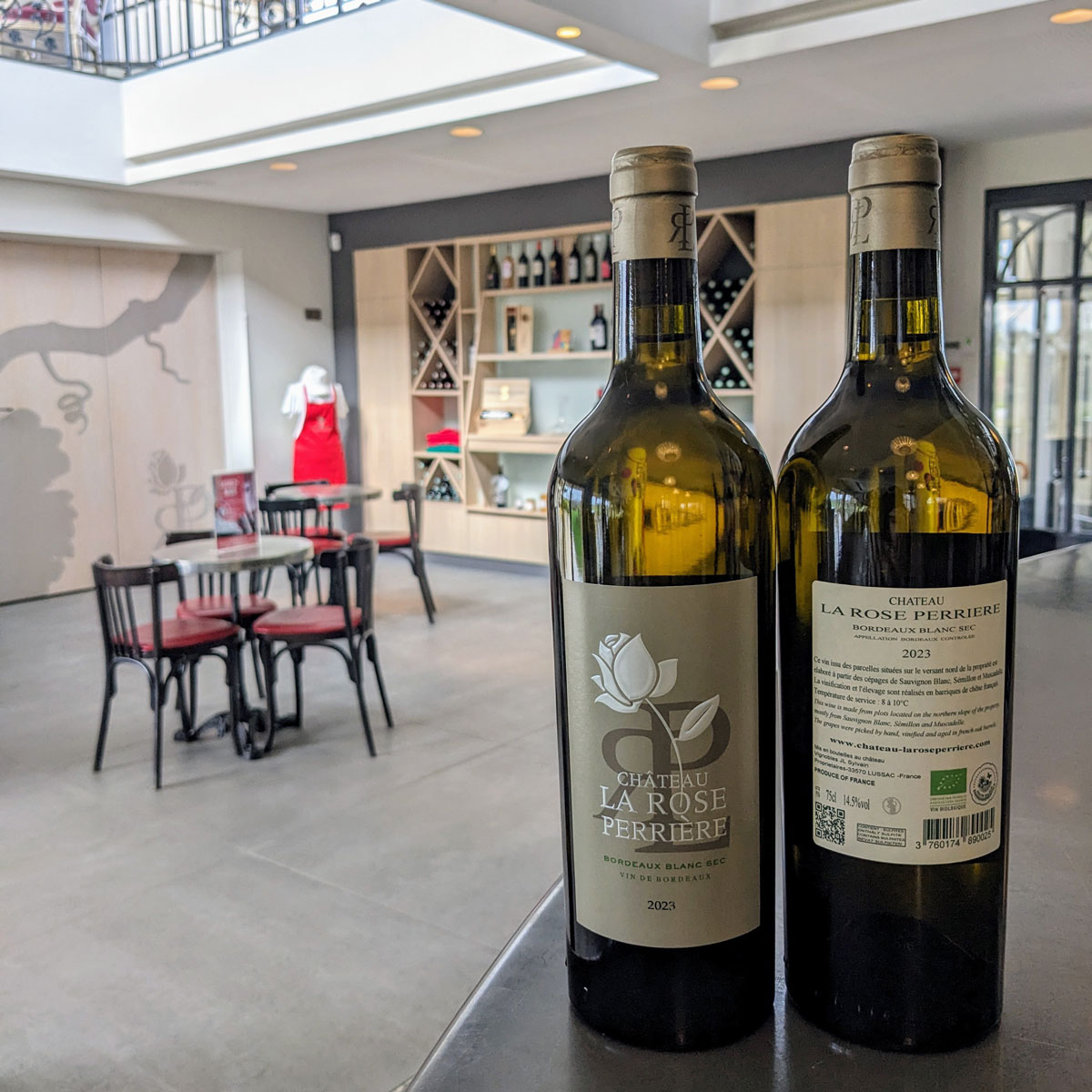
This grape variety is very often associated in blends with Sauvignon or Muscadelle as in our Château La Rose Perrière Blanc. This is particularly true in the Bordeaux appellation. It flourishes particularly on gravelly or clay-limestone soils. It is considered an easy grape variety to grow, with early ripening. It is resistant to diseases, but can be sensitive to powdery mildew (white rot).
Its aromatic profile
Sémillon has a great aromatic complexity. It is known for its aromas of honey, white-fleshed fruits (such as pear and peach), apricot, as well as notes of lemon and white flowers (acacia flowers) and dry grass. With age, it can develop more complex aromas of nuts, hazelnuts and wax. It brings roundness and fat to white wines.
Sémillon is also the main variety used in the sweet wines of Sauternes, where it is affected by noble rot (Botrytis cinerea), which enriches the aromas and sweetness of the wines. The latter have a golden yellow color, a length in the mouth, a specific and recognizable smoothness and richness that have made them their trademark.
Where can one find Sémillon?
Although its origins are in Bordeaux and the South-West region of France (Gironde and Dordogne), the wine regions producing Sémillon are spread across the world. In France, it has made the famous wines of Sauternes and Barsac or Bergerac and Monbazillac in Dordogne successful. It is also found to a lesser extent in the AOCs of Graves, Pessac-Léognan, Blaye, Côte de Bourg and Entre-deux-mers.
Abroad, it has a great reputation in Australia where it is often associated with high-quality wines and where it occupies more than 6,000 hectares of vineyards today. Australia has also created its own brand. It has become emblematic in the Hunter Valley where the wines are appreciated young and fresh, with lively acidity and citrus flavors, but also in the Barossa Valley (as a single-varietal wine), the McLaren Vale and in the Margaret River where the Sémillons are richer and riper and blended with Sauvignon Blanc. The Sémillons from the Hunter Valley are renowned for their aging potential which allows them to develop complex aromas (notes of honey, nuts and butter) over time while retaining a beautiful freshness. Henschke's Louis and Tyrrell's VAT 1 Sémillon wines are considered among the best white Sémillon wines in Australia.
Sémillon is also popular in the United States (in Washington State and California), New Zealand, Argentina and Chile, where the majority of cultivated hectares are occupied by century-old vines that produce a particular style of Sémillon: Chilean Sémillon wine is fresh, dry and distinguished by aromas of citrus, flowers and hay.
In South Africa, Sémillon represented more than 90% of the area devoted to wine grape production in the 1820s. The phylloxera epidemic put paid to its production: in 1995, Sémillon represented less than 1% of the country's total plantings. Today, however, this grape variety is cultivated in several South African wine regions: Olifants River, Swartland, Klein Karoo, Paarl, Robertson, Stellenbosch, Worcester, Breedekloof and Cape South Coast. The country is the only one to cultivate Sémillon Gris which allows to obtain wines substantially comparable to an Italian Pinot Gris.
Semillon flourishes particularly in warm zones.
Food pairings
To find the ideal pairing with white wines made from Sémillon, it is essential to first identify the type of wine: dry or sweet.
Dry white Sémillon wine will pair perfectly with fish, seafood, especially shellfish, white meat or even beef carpaccio.
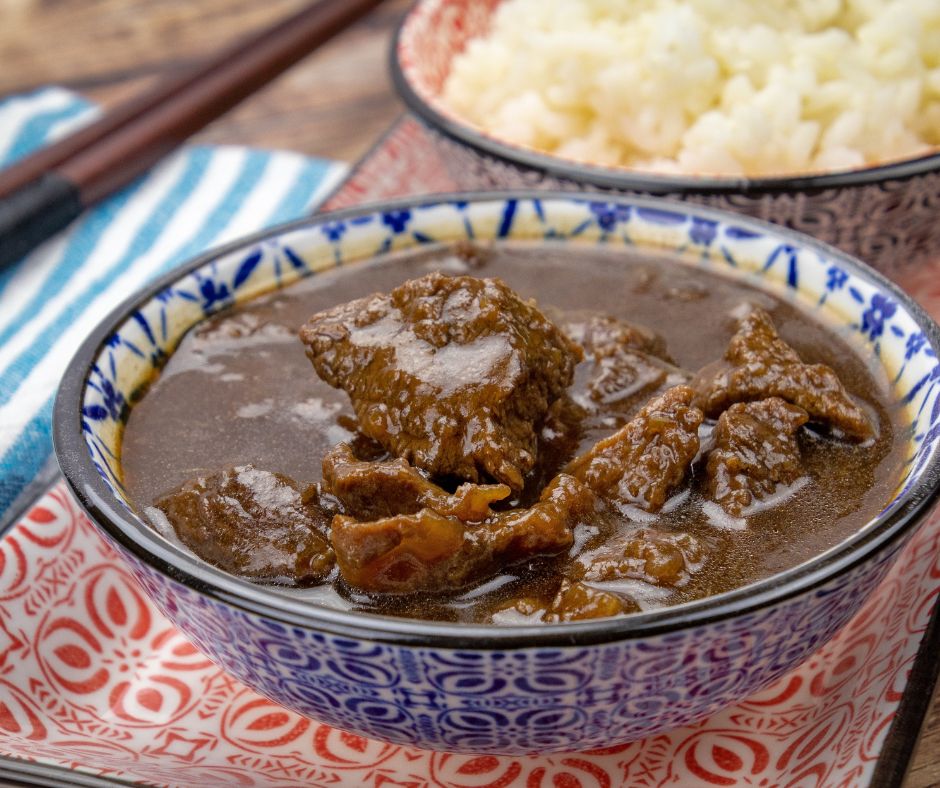
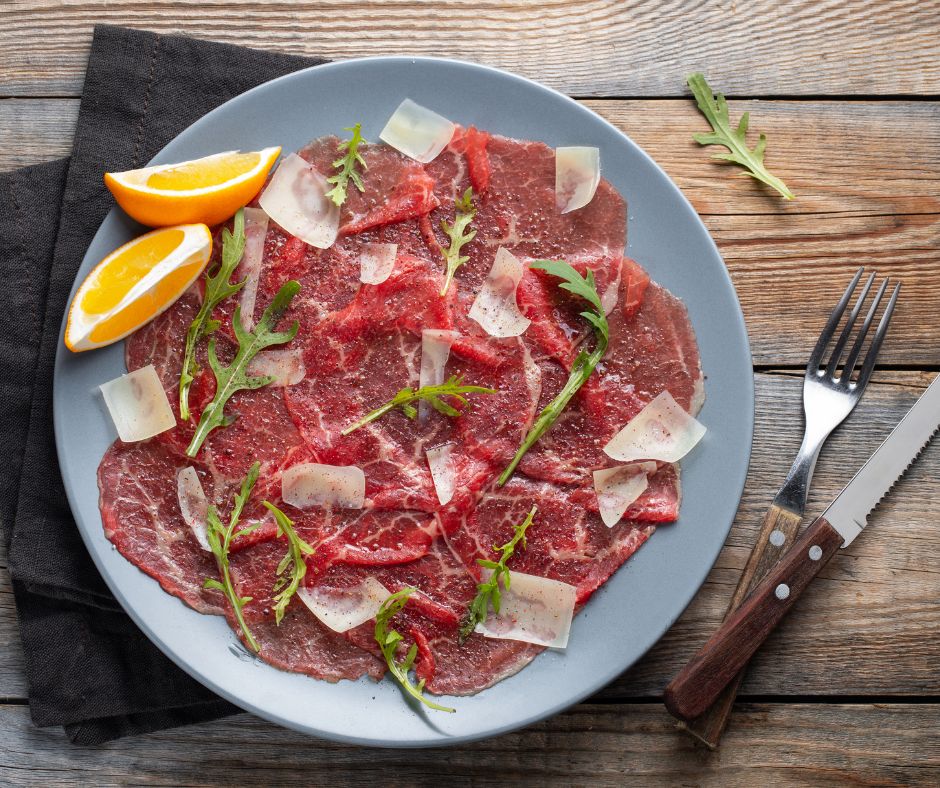
As for the sweet wine made from Sémillon, made with a certain richness, the association with more exotic dishes mixing sweet and salty will be most effective. For example, try the pairing with caramel pork, duck breast with peaches, but also with foie gras, sweetbreads, desserts made with exotic fruits (pineapple, mango, etc.) or even blue cheese.
Key facts
Sémillon is a versatile grape variety, ultra productive and adaptable to a diversity of climates and terroirs. It contributes to the diversity of white wine styles, providing an aromatic richness appreciated by wine lovers. Vinified in sweet wines or in rich and complex dry whites that support barrel aging, this emblematic Bordeaux grape variety has seen its production area decrease in recent decades, in favor of Sauvignon Blanc. But a renewed interest from consumers and producers for dry whites is gradually bringing it back to the forefront. Today, it occupies nearly 45% of the white grape varieties in Bordeaux, ahead of Sauvignon Blanc and its 43% of grape varieties. It offers many qualities, including its ability to considerably improve wines with age, by developing additional aromas. It is very close to Sauvignon Blanc with which it can be confused during blind tastings. Whether they are offered as sweet wines or as dry and fresh white wines, Sémillons will go wonderfully with your festive meals and your summer days.
Photos : ©Canva
